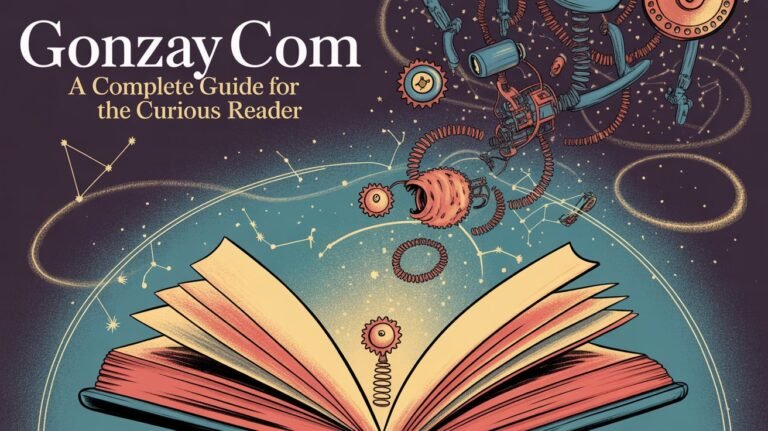
The popularity of tabletop games, collectible card games (CCGs), and educational flashcards continues to rise, inspiring creators, indie developers, and educators to launch their own card-based projects. Whether you’re printing a deck of fantasy battle cards or educational tools for classrooms, one of the most critical budgeting questions is: What are the game card printing costs?
This comprehensive guide explores all the key factors that influence game card printing costs, helping you make smart, cost-effective decisions while maintaining quality. From card types to packaging and volume discounts, this article will walk you through everything you need to know before hitting print.
Why Understanding Game Card Printing Costs Matters
Many creators underestimate the complexity of card printing. Beyond just ink on paper, printing involves material choices, finishes, lamination, packaging, logistics, and more. Without a clear understanding of game card printing costs, your project can quickly go over budget or suffer from quality compromises.
For entrepreneurs on platforms like Kickstarter or self-publishing routes, accurately calculating your per-unit and bulk printing costs ensures your pricing and funding goals are realistic. Knowing these costs upfront can help you choose the right manufacturer and even adjust your game design to stay on budget.
Key Components That Affect Game Card Printing Costs
1. Card Quantity
Quantity is the single largest factor in determining game card printing costs. Generally, the higher the quantity, the lower the cost per unit. This is due to the way commercial printers operate—setup fees are fixed, so larger orders help distribute these costs more efficiently.
For example:
- 100 decks might cost $4.00 each
- 1,000 decks might drop to $1.80 each
- 10,000 decks might cost as little as $0.95 each
If you’re printing a limited run or prototype, expect higher per-deck costs. Consider digital print-on-demand services for low-volume needs.
2. Card Size and Count
Card dimensions and the number of cards per deck significantly affect pricing. Standard poker-size cards (2.5” x 3.5”) are the most economical, as most printers already have optimized settings for these sizes. Custom sizes or jumbo cards require additional tooling or adjustments, raising the overall cost.
Decks can range from 20 cards to over 100. More cards mean:
- Increased paper use
- Longer print and cutting time
- More expensive packaging
If your deck includes variable card backs or full-color fronts, these elements may also increase game card printing costs.
3. Paper Stock and Core Quality
Card stock isn’t all the same. The weight (measured in GSM—grams per square meter) and the core (blue core, black core, or no core) greatly influence durability and feel.
- 280-300 GSM is standard for budget games
- 310-330 GSM black core is used in professional card decks (like playing cards or CCGs)
High-quality core materials prevent light from shining through cards, offer better flexibility, and extend the life of the cards. Naturally, premium stocks lead to higher game card printing costs but they’re usually worth the investment for commercial products.
4. Finish Options
The coating or lamination affects how the card feels and how well it holds up over time. Your options include:
- Gloss finish: Shiny, vibrant colors, budget-friendly
- Matte finish: Smooth, reduces glare, slightly more expensive
- Linen finish: Textured surface, upscale feel, higher cost
Some games even require specialized finishes like UV spot coating for holographic or embossed effects, which can considerably increase game card printing costs.
5. Printing Method: Offset vs. Digital
For large runs, offset printing is more cost-effective due to high-speed production and lower per-unit costs after setup. For small batches (under 500 decks), digital printing is often the only viable option but comes at a higher per-unit price.
Offset printing is better for color consistency and image sharpness, but it may come with longer turnaround times.
6. Packaging Type
Don’t overlook the cost of packaging. Options include:
- Tuck boxes: Basic cardboard boxes (lowest cost)
- Two-piece rigid boxes: Premium unboxing experience, higher cost
- Magnetic flip boxes: Used in luxury games, expensive
Custom inserts, plastic windows, or printing on the inside of the box also increase the final quote. Bulk shrink-wrapping is cheaper but lacks retail appeal.
Packaging can account for 10–30% of total game card printing costs, so choose based on your audience and budget.
7. Shipping and Fulfillment
Manufacturing location affects not only the production price but also the shipping cost and lead time. Many game card printing costs are quoted FOB (freight on board), meaning you’ll need to handle international shipping.
Shipping from Asia (e.g., China) can be affordable for large batches but involves longer lead times and customs clearance. Local printing in the U.S. or Europe may be faster but significantly more expensive.
Be sure to factor in:
- Import taxes or VAT
- Freight forwarding
- Domestic warehousing or fulfillment fees
Average Game Card Printing Costs (2025 Estimate)
| Quantity | Deck Size | Stock Type | Finish | Approx. Cost per Deck |
| 100 | 54 cards | 300 GSM | Gloss | $3.80–$4.50 |
| 1,000 | 54 cards | 310 GSM | Matte | $1.80–$2.50 |
| 5,000 | 54 cards | 310 GSM | Linen | $1.20–$1.60 |
| 10,000 | 54 cards | 330 GSM | Linen | $0.85–$1.10 |
These prices are estimates and vary depending on supplier, location, and customization.
Cost-Saving Tips for Indie Game Creators
- Stick to standard sizes – This avoids die-cutting fees.
- Use existing templates – Many printers offer free dielines.
- Limit component types – Keep the number of card variations minimal.
- Choose bulk shipping – Consolidate shipments to save on freight.
- Order multiple SKUs together – Bundling projects often reduces total cost.
- Get multiple quotes – Compare at least 3–5 manufacturers.
Final Thoughts
Whether you’re launching a new CCG, party game, or educational flashcards, understanding game card printing costs is critical to the success and sustainability of your project. From card stock to packaging, every decision affects your budget, your pricing strategy, and your audience’s perception of quality.
Take time to plan, communicate clearly with your manufacturer, and request prototypes before mass production. That way, you ensure your game looks, feels, and performs exactly how you envisioned—without breaking the bank.


